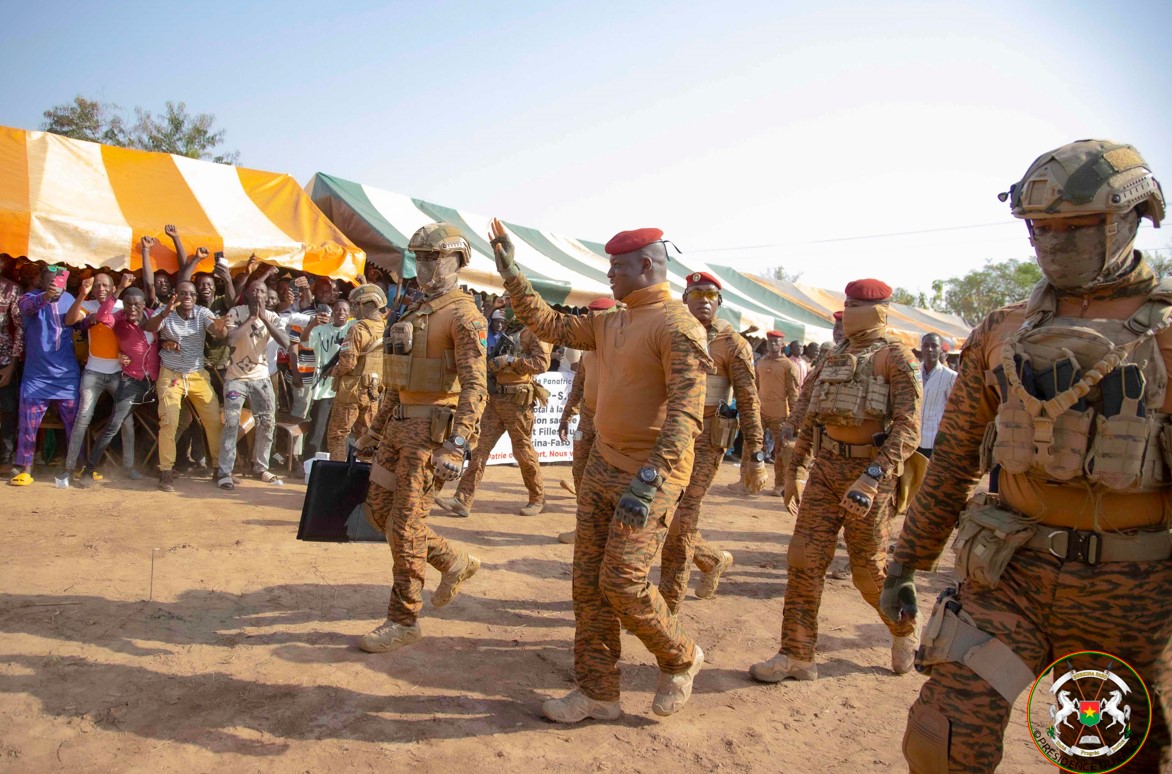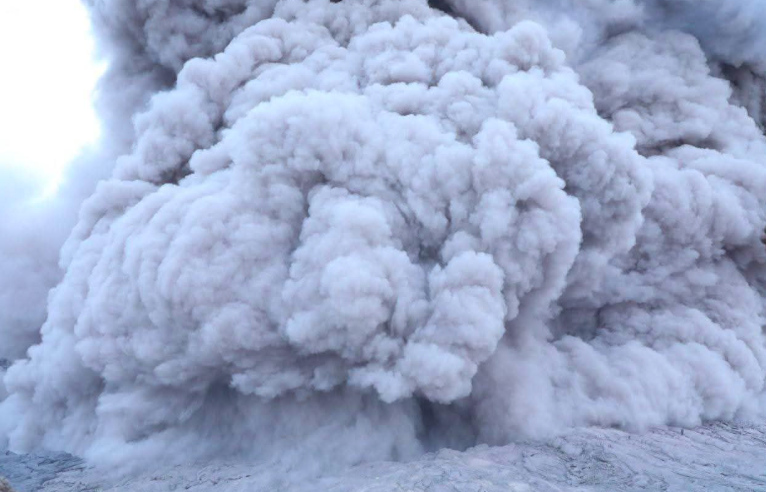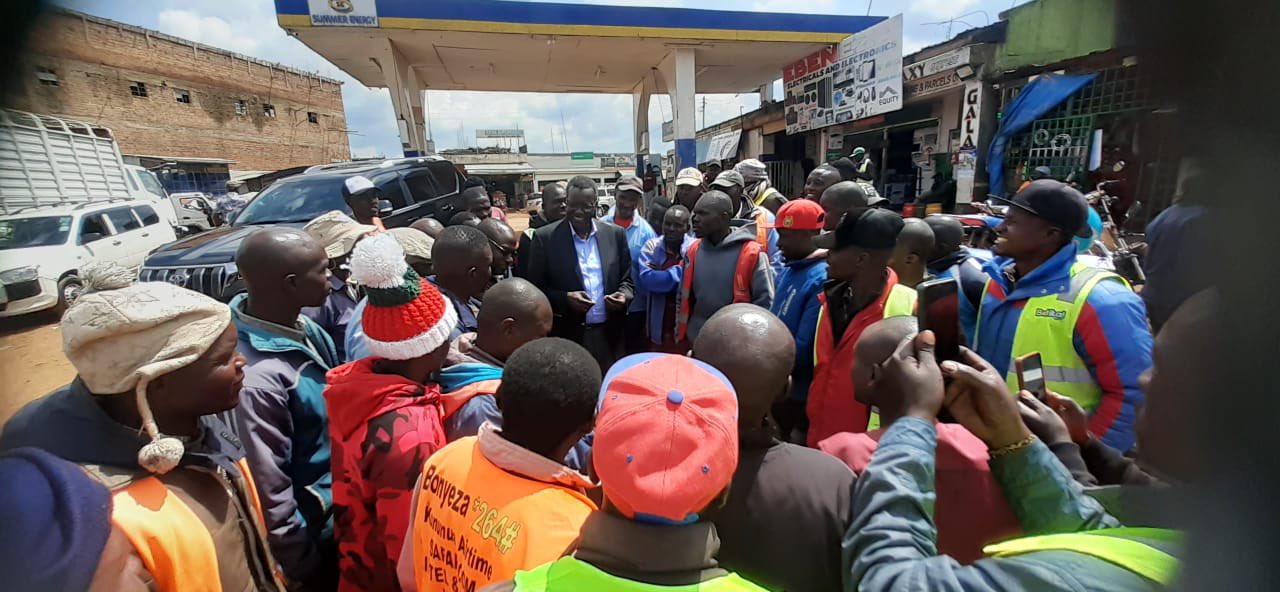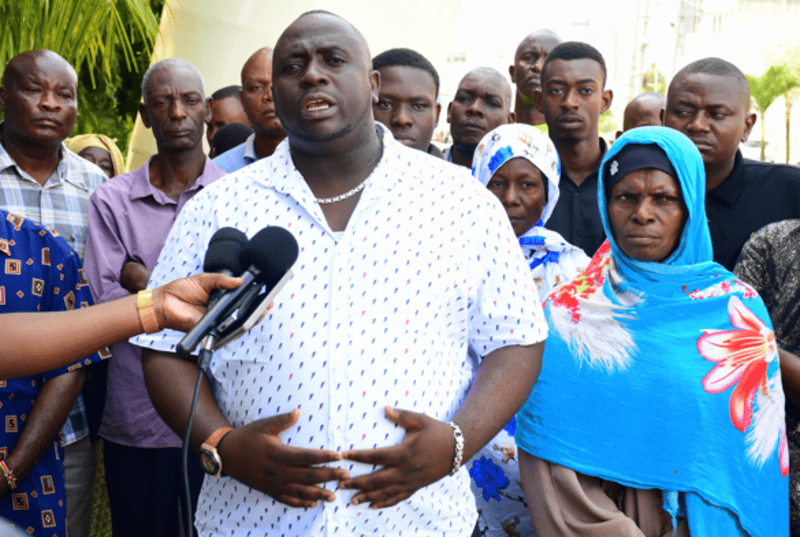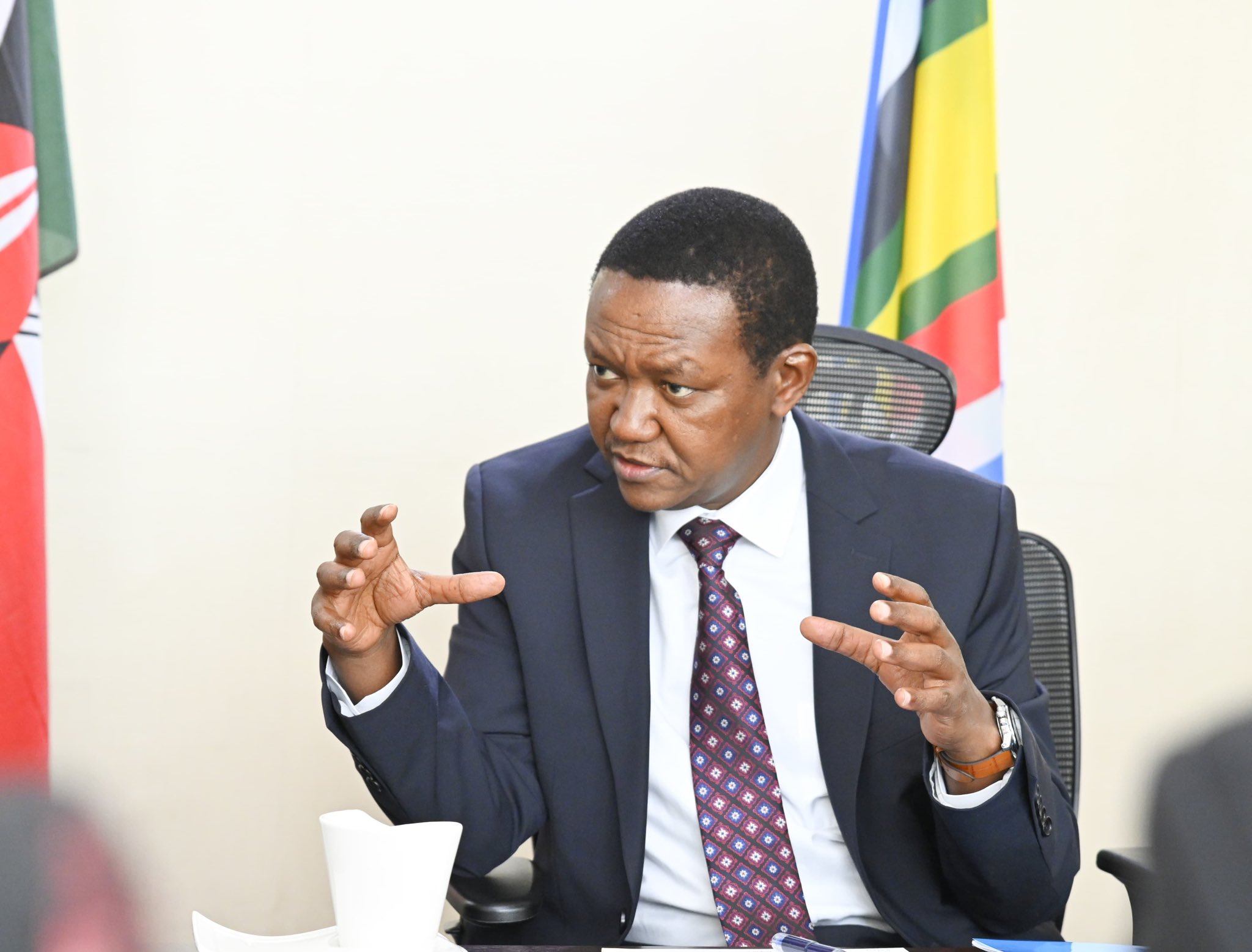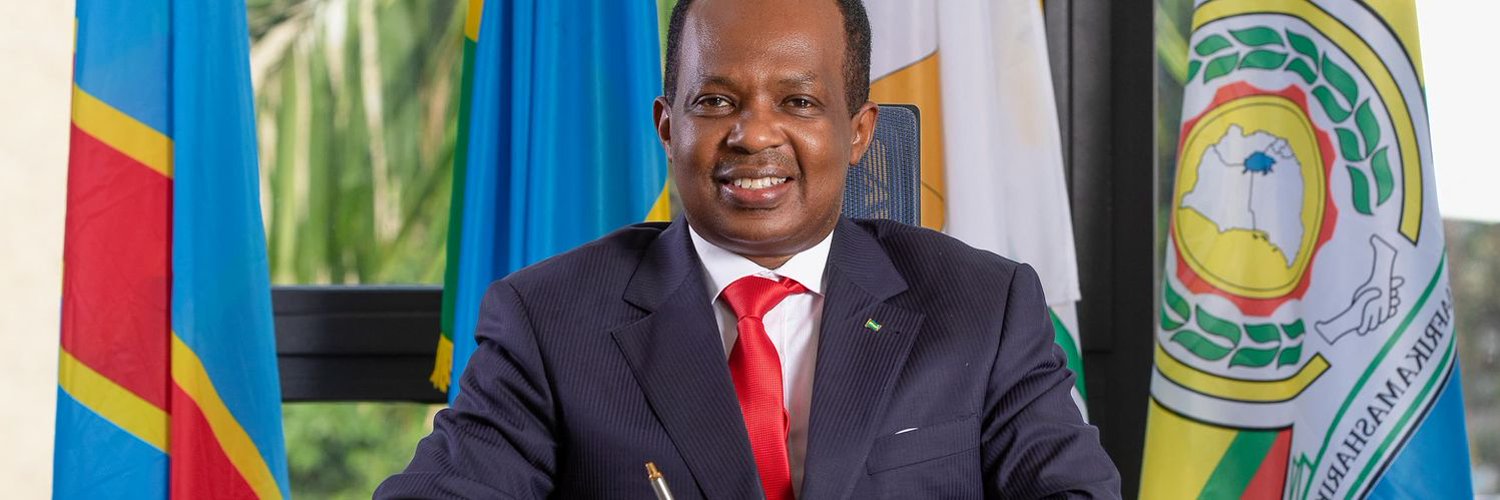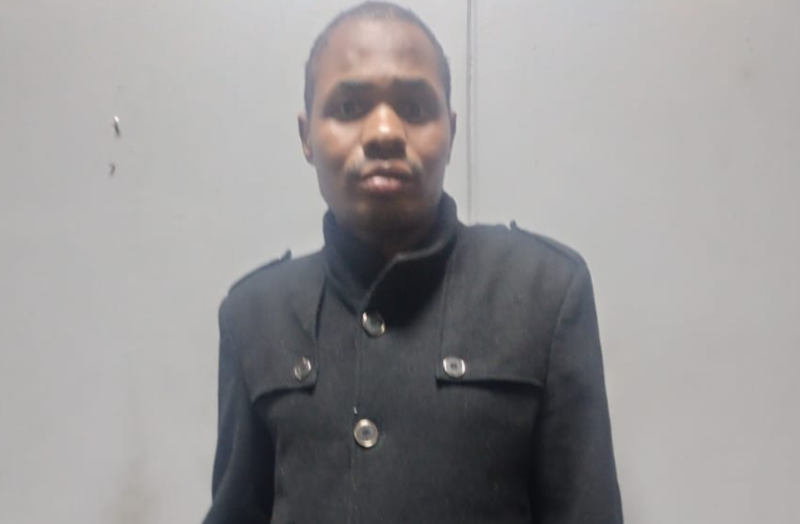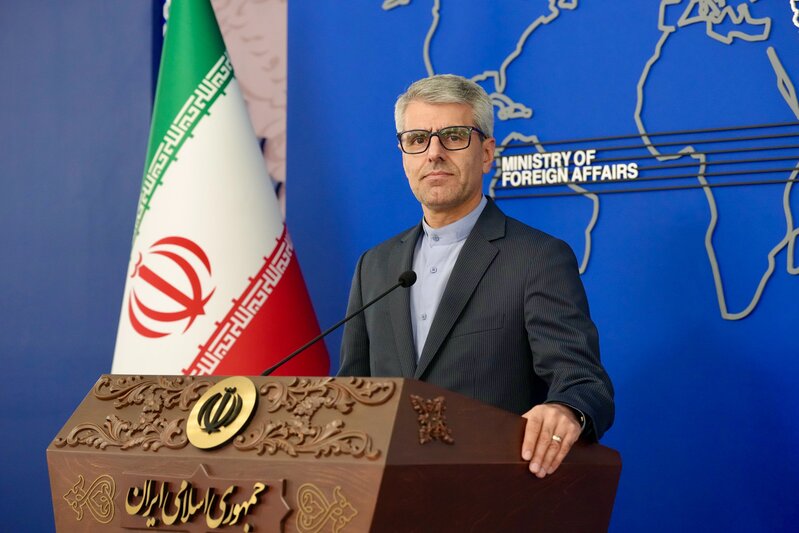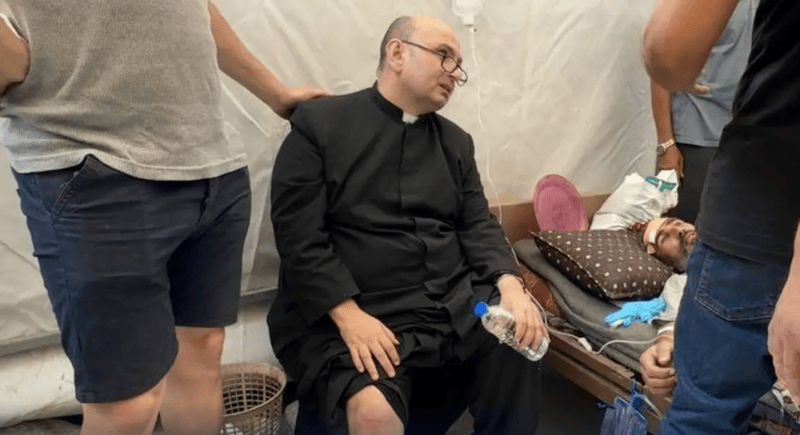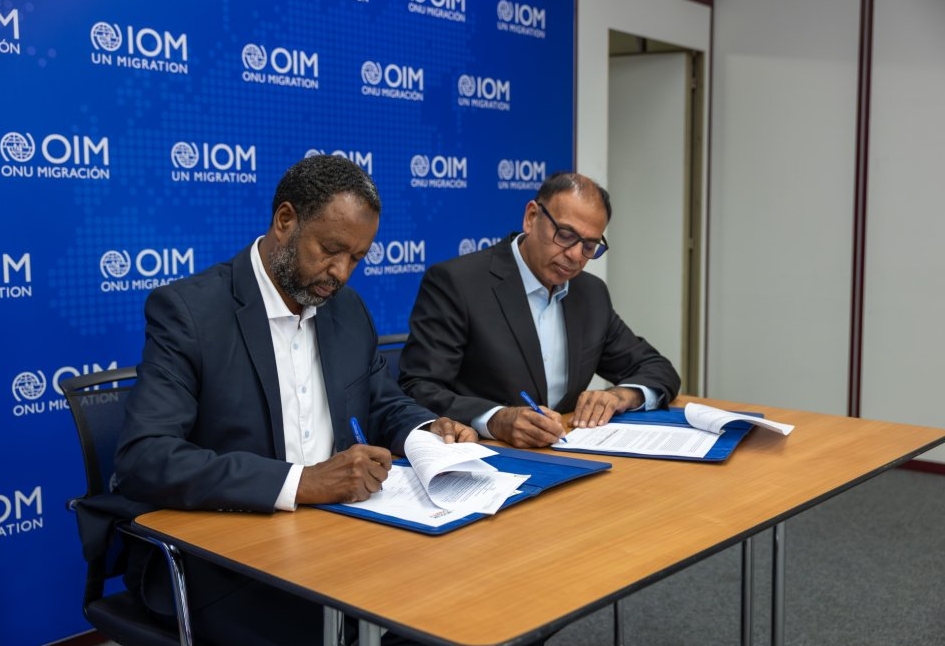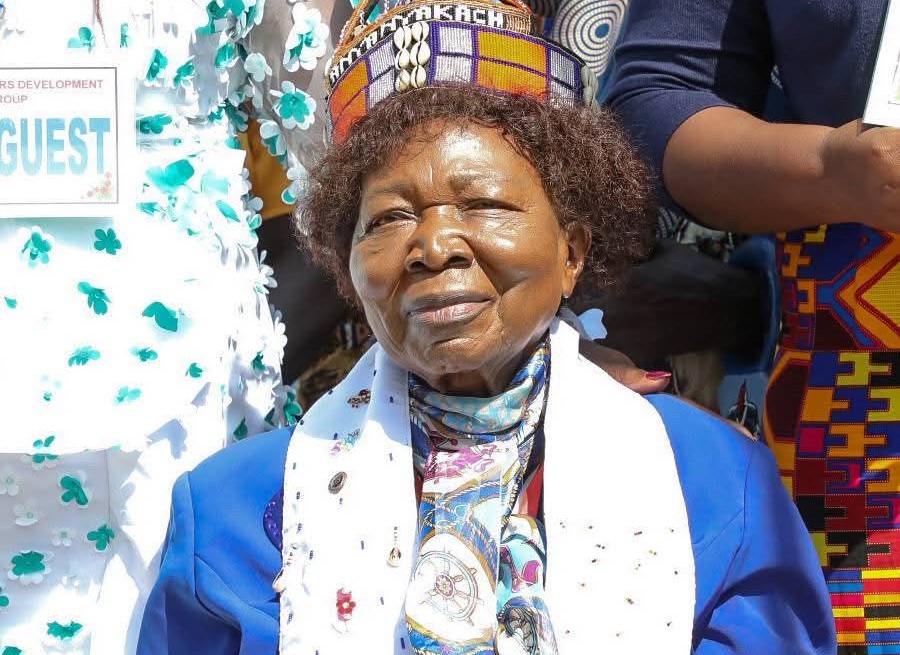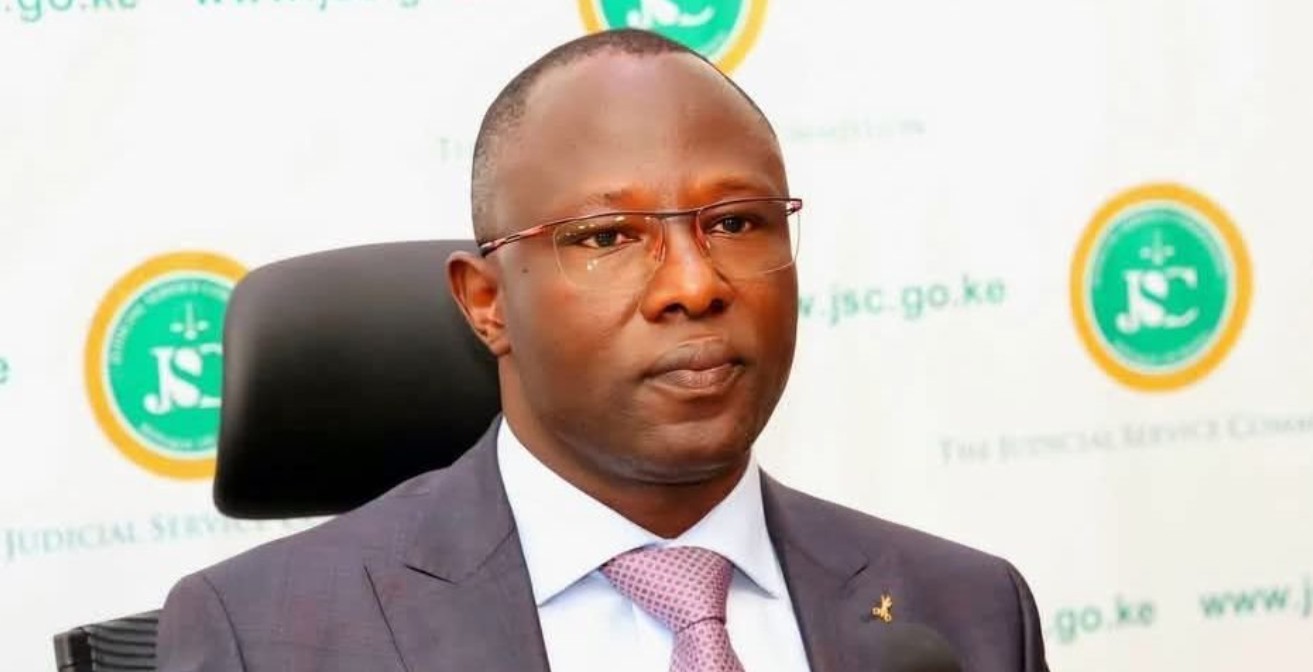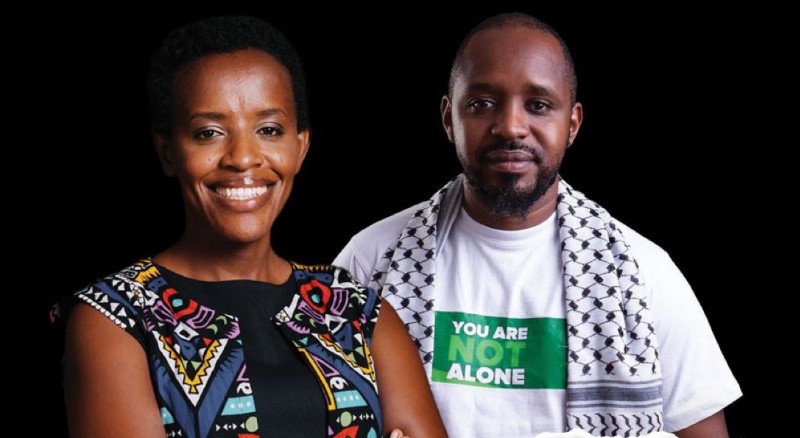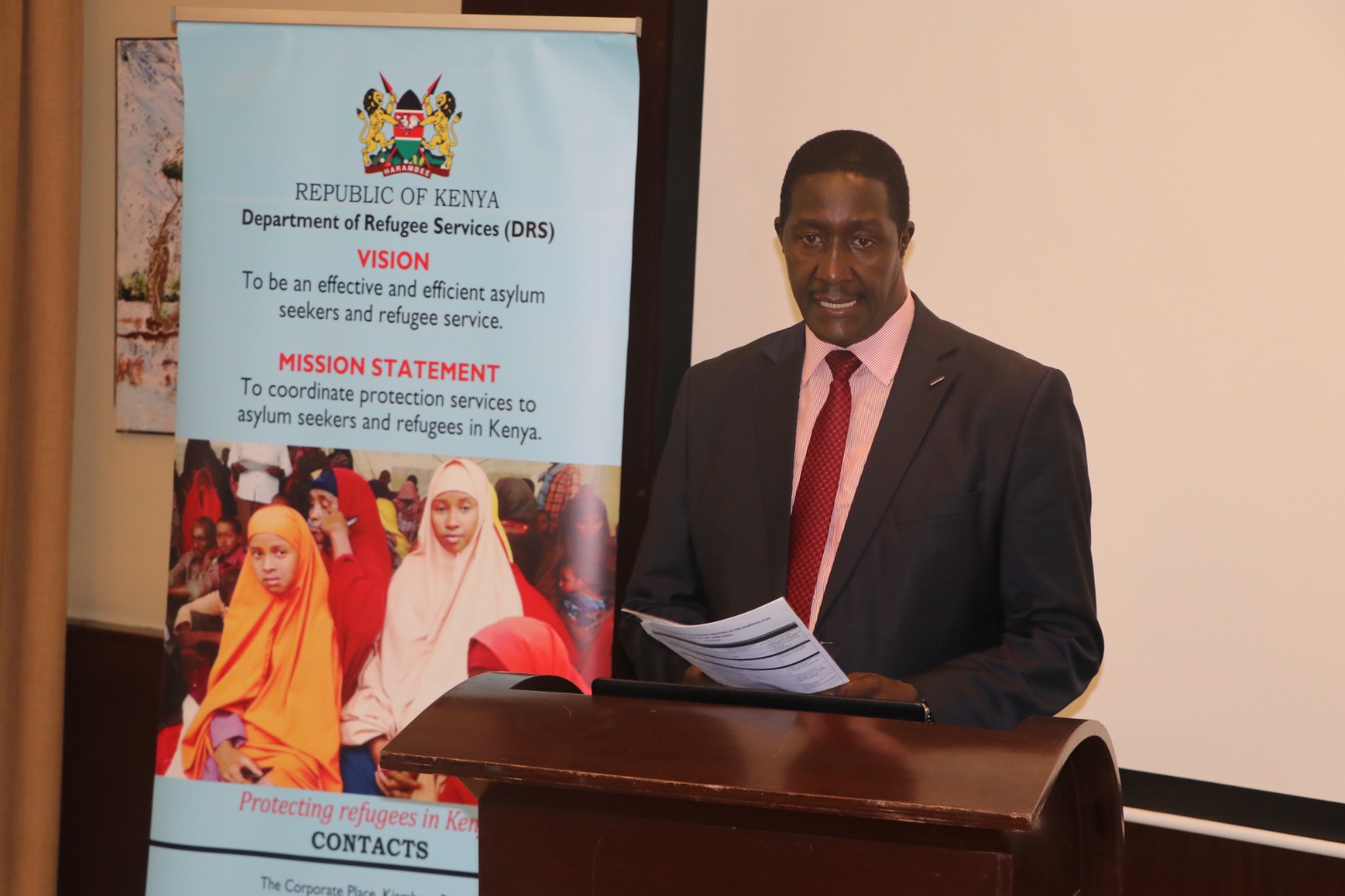CS Murkomen spells out new rules on use of firearms as police brutality cases rise
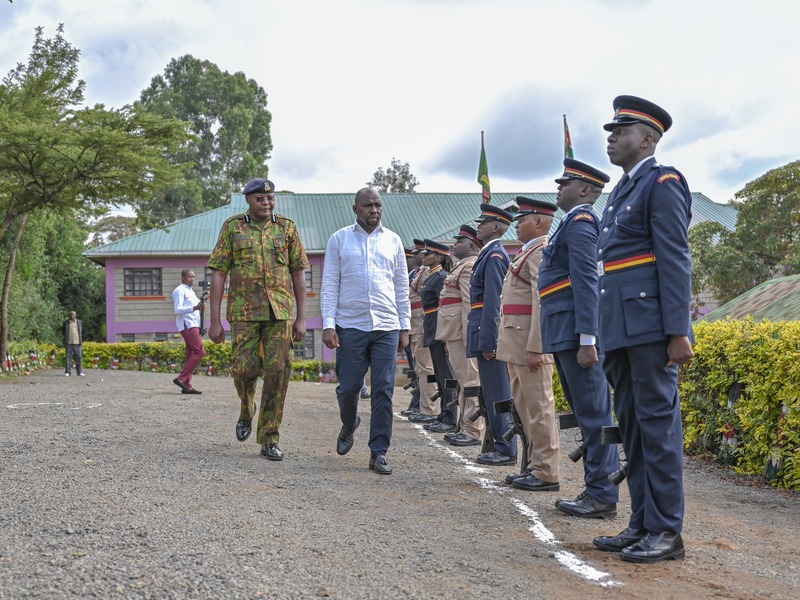
According to the directive, a police officer is not permitted to discharge a firearm at a person unless the officer has reasonable grounds to believe that the person is committing, or is about to commit, an act likely to endanger life or cause serious injury to the officer or another individual, and there is no other way to avert this danger.
The Interior Ministry has, for the first time, issued a policy directive on the use of force and firearms by police officers, citing Section 61 and Schedules 6A–6B of the National Police Service Act.
The public document, issued by Interior Cabinet Secretary Kipchumba Murkomen to the Inspector General of Police, Douglas Kanja, on behalf of the National Police Service (NPS), sets out guidance on when force may lawfully be used, taking into account the prevailing legal framework and recent court rulings.
More To Read
- Murkomen links rising insecurity to weak infrastructure and porous borders
- Nelson Havi urges President William Ruto to release detained protesters, warns against repression
- Ex-CJ David Maraga defends Gen Z against 'terrorists’ tag, says President William Ruto should resign
- Murkomen: 1,500 arrested, 50 under terror investigation following June-July protests
- Interior CS Kipchumba Murkomen reveals June-July protests left 42 dead, 600 injured
- 'Wearing uniform doesn’t justify misconduct or killings', Interior CS Kipchumba Murkomen warns police
According to the directive, a police officer is not permitted to discharge a firearm at a person unless the officer has reasonable grounds to believe that the person is committing, or is about to commit, an act likely to endanger life or cause serious injury to the officer or another individual, and there is no other way to avert this danger.
It further states that, in determining the proportionality of force, officers must assess the person’s behaviour and level of resistance.
“If the person refuses to comply or displays body language indicating non-compliance, or in any assault where there exists the possibility of great bodily harm or death to officers or others,” the directive notes.
Officers must also never use force as a form of extrajudicial punishment, and no additional force is lawful once a suspect has been safely and lawfully detained.
“The use of force shall be no more than the minimum reasonably necessary in the circumstances, and law enforcement officials shall not use force or firearms except in self-defence or in defence of others against the imminent threat of death or serious injury. Any use of force must be lawful, proportionate and reasonable in the circumstances to achieve a legitimate law enforcement objective.”
The directive also instructs officers to exhaust non-violent means, wherever possible, before resorting to the use of force or firearms.
Where the lawful use of force is unavoidable, officers must act with restraint, ensure that the response is proportionate to the seriousness of the offence and the legitimate objective to be achieved, minimise injury, respect and preserve human life, and provide assistance and medical aid to any injured persons at the earliest opportunity. Additionally, the Independent Policing Oversight Authority (IPOA) must be notified promptly.
“In the dispersal of assemblies that are unlawful but non-violent, law enforcement officials shall avoid the use of force or, where that is not practicable, shall limit such force to the minimum extent necessary,” it adds.
Officers are also directed to act with self-control and tolerance, treating members of the public and colleagues with respect and courtesy.
“When applying force, officers shall exercise heightened caution when dealing with children, persons with disabilities, older persons and gender-based vulnerable groups, ensuring that all interventions remain sensitive, proportionate and non-discriminatory.”
Looking ahead, all officers deployed to enforce law and order must be selected through proper screening to ensure they possess the necessary moral, psychological and physical qualities for the role, and they must receive continuous professional training.
The NPS must also ensure that officers are equipped with appropriate crowd-control tools and protective gear suitable for the operational risks they face.
Regarding accountability for misconduct, officers accused of wrongdoing will be entitled to legal representation and arraigned in liaison with the Office of the Attorney General to uphold due process.
“The NPS shall take responsibility for ensuring accountability, including through the objective review and analysis of all reportable force incidents, maintaining effective complaint procedures and holding regular consultations with IPOA. The Directorate of Criminal Investigations (DCI) shall embed qualified personnel within investigative teams to enable prompt, impartial inquiries into all reportable force incidents,” the directive states.
The NPS has also been instructed to promote the progressive use of technology, such as fixed CCTV cameras, body-worn cameras and other digital evidence-gathering tools, to enhance operational transparency and protect the integrity of evidence in all use-of-force investigations.
Speaking to the media in Maralal, the CS announced that he had sent the policy to the Inspector General for implementation, to guide the use of force and firearms in protecting officers and the public.
“The IG will now cascade this policy down to his officers. This issue has generated public debate, and it is now formally documented so that the public can hold me to account; it is legally binding,” the CS explained.
He added that, despite the existing Constitution and subsidiary legislation, this policy is intended to fill gaps in the current legal framework.
Cases of police brutality have been on the rise in the recent past, especially during protests, when police officers have allegedly shot at peaceful protests.
Top Stories Today
